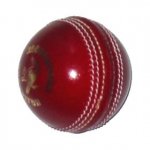FiveFrameSwing
Banned
The good doctor has cast the gauntlet. He has done so because he is first and foremost a truth seeker. He welcomes data that refutes his existing beliefs. He isn’t married to a particular position so much as he cares about having a good understanding of reality. So fire away with the data. Let’s have it. Spew forth the condemning data.





